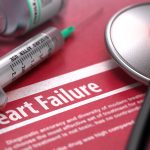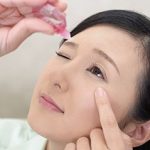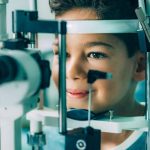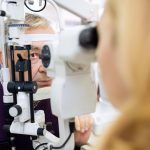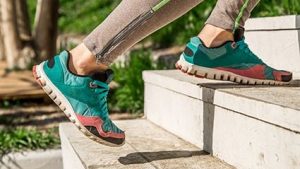
It’s always a good idea to use caution when having some summer fun — and that includes preventing burns from barbecues and other heat sources. An expert from UT Southwestern Medical Center offers tips for avoiding heat-related pitfalls, including grilling and metal playground equipment during extreme outdoor temperatures. “Concrete, metal and even plastic surfaces sitting in the sun are hot enough to burn, and children are particularly at risk,” said Dr. Samuel Mandell, associate professor of surgery at University of Texas Southwestern in Dallas. Mandell, who spoke in a hospital news release, specializes in burn care. According to UT Southwestern, contact burns from hot surfaces result in about 70,000 emergency room visits a year in the United States. And concrete is one surprising example, reaching 125 degrees when the air temperature is a far cooler 77 degrees. Barbecue grill or stove accidents are also a common source of burn injuries. More than 10,700 people were treated in U.S. hospital emergency rooms each year between 2018 and 2022, according to the Consumer Product Safety Commission National Electronic Injury Surveillance System. “When grilling food outside, remember that grills — both gas and charcoal — are an open source of flame and a potential danger,” said Mandell, who is also director of the Parkland Regional Burn Center in Dallas. Some ways to be safe are to always wear… read on > read on >










